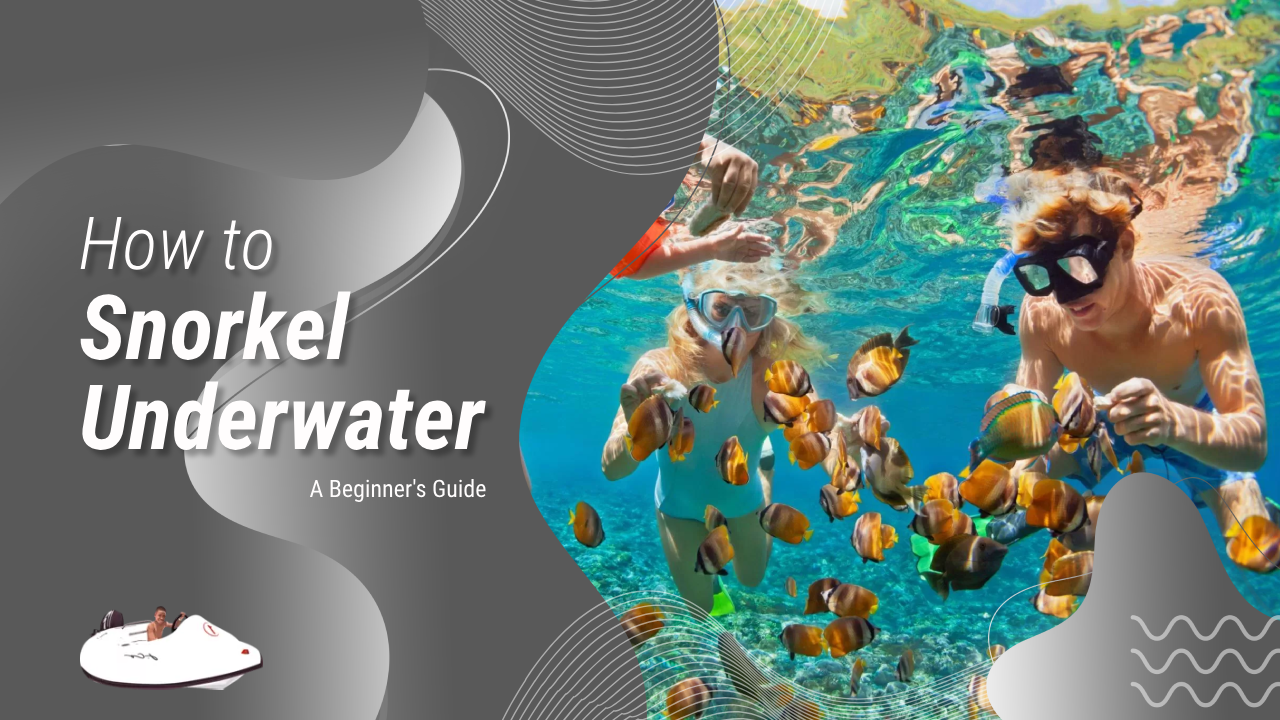
Ever dreamed of swimming alongside vibrant marine life in crystal-clear waters? Snorkeling offers this magical experience without needing extensive training or expensive equipment. Many first-time snorkellers feel excited yet apprehensive.
But with a few simple tips and the right gear, anyone can master snorkeling. Did you know it can be as relaxing as floating in your local pool? Imagine exploring stunning underwater landscapes confidently and safely on your next holiday, especially in a beautiful destination like Nassau, Bahamas.
Our guide will help you choose the right equipment, master essential techniques, and find the best spots for Nassau, Bahamas snorkeling to start your underwater adventure.
Before you dive in, having the right gear is essential. Here’s what you’ll need:
A good mask is crucial as it allows you to see clearly underwater. Ensure it fits snugly on your face without being too tight. Look for a mask with a silicone skirt for better comfort and seal.
The snorkel is the tube that allows you to breathe while your face is submerged. There are different types of snorkels, including classic, semi-dry, and dry snorkels. A dry snorkel has a valve that prevents water from entering the tube, which can be very helpful for beginners.
Fins help you move more efficiently through the water. Choose fins that fit well and are comfortable to wear for extended periods. Full-foot fins are easier for beginners, while open-heel fins offer more flexibility and can be worn with booties for extra protection.
Consider wearing a rash guard or wetsuit for protection against the sun and stinging marine life. A weight belt can also help with buoyancy control, especially in saltwater.
Being comfortable in the water is crucial. Ensure you can swim and float confidently. Practice in a swimming pool if you need to improve your skills.
Before hitting the open water, test your equipment in a pool or shallow water. Ensure your mask doesn’t leak and that you can breathe easily through the snorkel.
Start in calm, shallow waters where you can stand if necessary. Avoid areas with strong currents, heavy boat traffic, or large waves. Reefs and lagoons are ideal for beginners as they offer abundant marine life and protection from the open sea.
Enter the water slowly, either from the shore or a boat. If you’re entering from the shore, walk backward to avoid stepping on sharp rocks or marine life. If from a boat, use the ladder or gently slide in.
Place the snorkel in your mouth and bite gently on the mouthpiece. Breathe slowly and deeply through your mouth, getting used to the sound and feel of breathing through the snorkel. If water enters the snorkel, use a sharp exhale to blow it out.
Ensure your mask is secure and free from fogging. To prevent fogging, apply a defogging solution or spit into the mask, rub it around, and rinse lightly. Position the mask on your face, pull the strap over your head, and adjust it for a comfortable fit.
Lie flat on the water’s surface, keeping your body relaxed. Use slow, steady kicks with your fins to propel yourself. Avoid using your arms too much; your legs should do most of the work. Keep your movements smooth to avoid disturbing marine life.
To dive down, take a deep breath, bend at the waist, and use a strong kick to propel yourself downward. Keep your arms at your sides and use your fins to swim. When you’re ready to surface, look up and kick upwards while exhaling to clear the snorkel.
Always snorkel with a partner. It’s safer and more enjoyable to share the experience with someone else.
Keep an eye on the weather, currents, and your distance from the shore or boat. Avoid touching marine life or coral, as some can be harmful, and you can damage fragile ecosystems.
Panic can be dangerous while snorkelling. Stay calm, float on your back if you need a break, and take deep, slow breaths to remain relaxed.
Wear sunscreen, stay hydrated, and avoid spending too much time in the sun. If you feel tired or cold, head back to shore.
Snorkeling is an accessible and rewarding activity that allows you to discover the hidden beauty of the underwater world.
Whether you’re exploring the vibrant marine life around Baha Mar or your local coastline, having the right equipment, preparation, and techniques will ensure a safe and memorable experience.
Consider joining one of the leisure tours in Nassau for a guided snorkeling adventure. So grab your gear, find a buddy, and dive into the adventure that awaits beneath the waves!